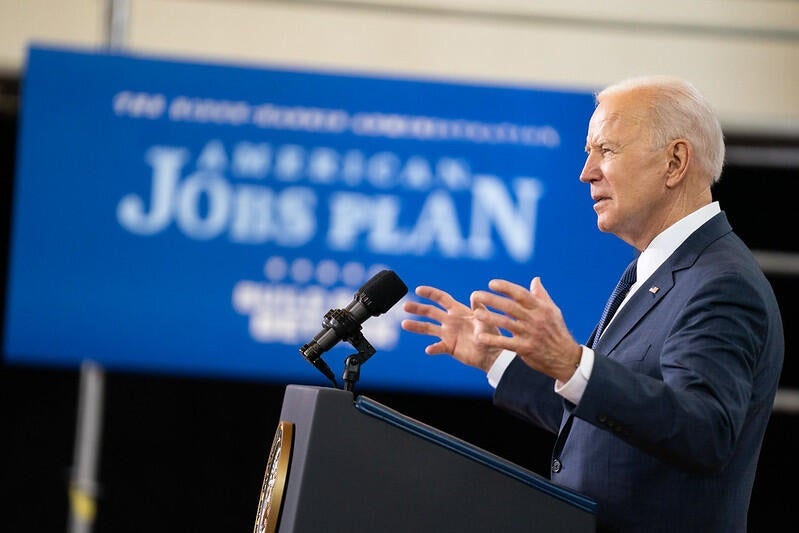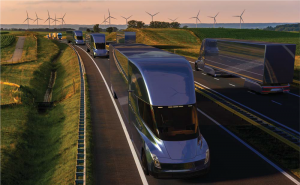As climate change intensifies heat-related risks in the workplace, the Occupational Safety and Health Administration (OSHA) is developing regulations that would provide critical protections for workers from heat hazards in indoor and outdoor settings — a process that should incorporate consideration of climate impacts and the firsthand expertise of affected workers.
As an initial step in the rulemaking process, last fall, OSHA announced its intent to propose a rule and requested public comment on how to design a heat standard that will provide effective protection. Environmental Defense Fund and the Institute for Policy Integrity recently submitted joint comments supporting OSHA’s efforts to protect workers and urging that the agency design standards that account for the disproportionate impacts of extreme heat on marginalized communities and the increased heat risk that workers will face due to climate change.
Laboring under high heat can lead to heat exhaustion, stroke, kidney disease, and other maladies. Heat also makes workplace injuries more likely, with studies finding increased rates of accidents like ladder falls and even helicopter crashes. A day of over 100°F is associated with a 10-15% increase in traumatic workplace injuries, compared with a 60°F day. Climate change exacerbates these harms, driving up temperatures, humidity, and the frequency and severity of extreme heat events.














